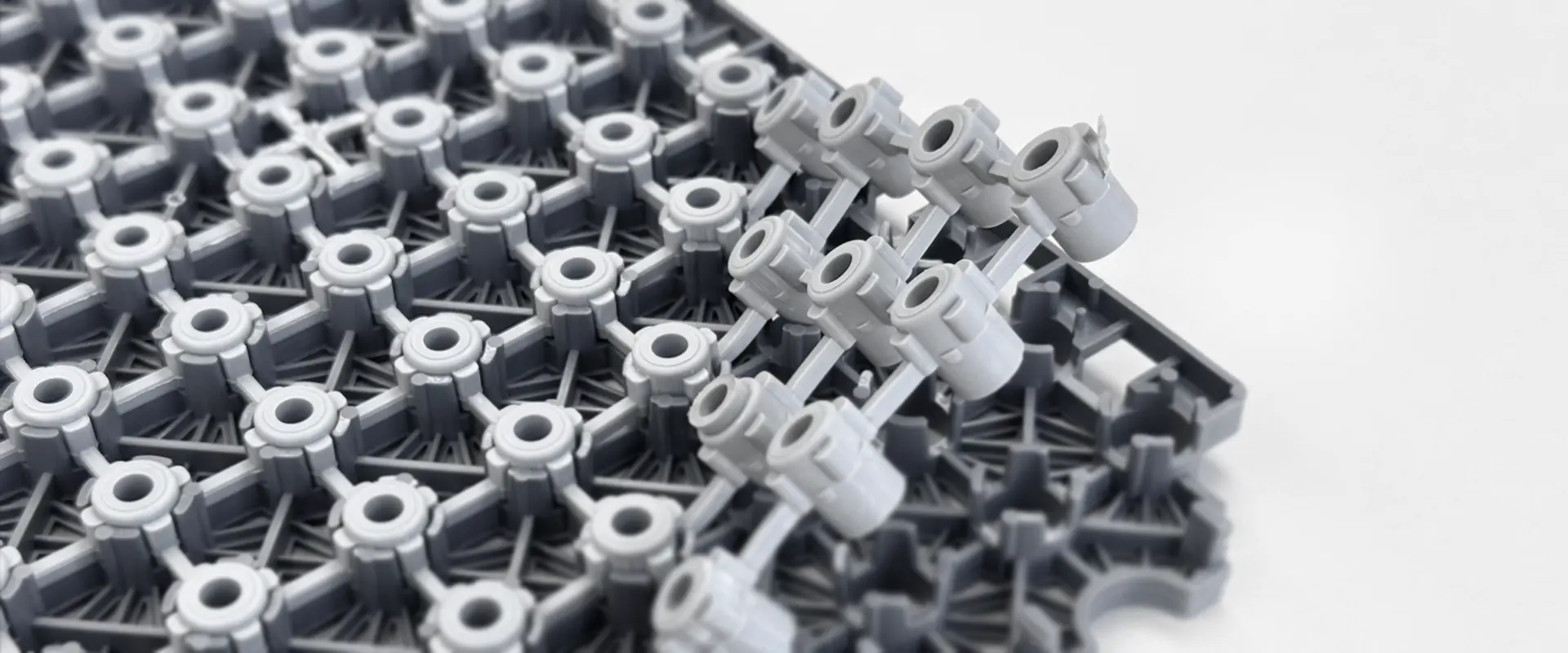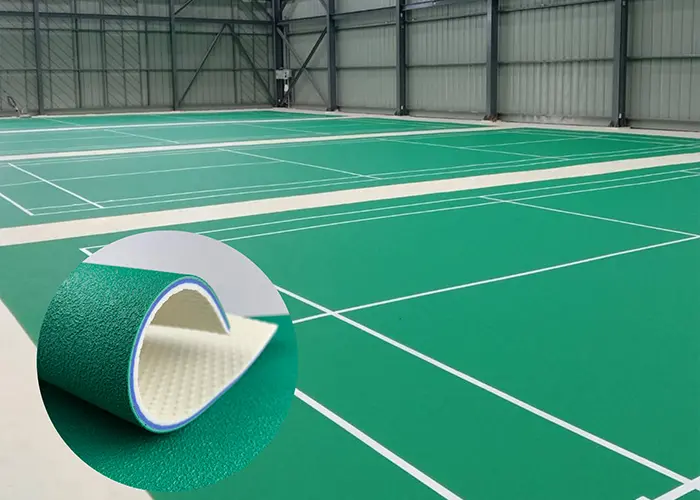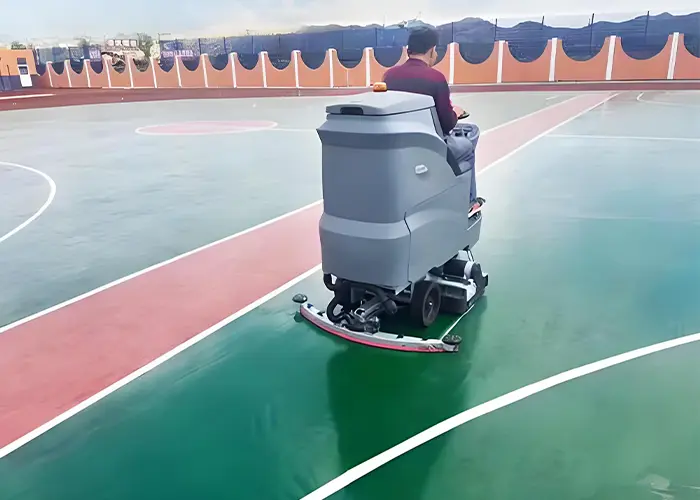Stable commitment to every leap, customized every flat
Blog


Stable commitment to every leap, customized every flat
Blog

As a sports flooring manufacturer, we have found that many users treat PVC sports flooring like marble or tiles, lacking knowledge of proper maintenance, leading to damage and contamination issues. Proper maintenance can extend the lifespan by 30% and reduce the cost of replacing the flooring.

Data shows: Professional maintenance can extend the lifespan of the flooring by 8-12 years (ASTM standard testing).
Economic value: Regular maintenance costs only 1/6 of replacing new flooring.
Safety necessity: Improper cleaning can reduce slip resistance by 40% (EN 14904 testing).
Use an electrostatic dust mop (fibre density ≥ 200 g/㎡) to focus on removing dust accumulation in the fine grain grooves. Avoid using a broom, as friction can scratch the wear layer.

Specialised cleaning agent ratio: 1:120 (pH 7.5–8.5 neutral);
Microfibre mop water content control: 300 ml/㎡;
Movement direction: Wipe in a single direction along the grain of the fine texture.
| Stain types | Treatment program | Prohibited items |
| Blood/Sweat Stains | Hydrogen peroxide enzyme preparation (3%) + cold water wet compresses | Hot water (cures proteins) |
| Oil-based markers | Isopropyl alcohol cotton ball spotting (remove within 5 seconds) | Acetone (to dissolve the surface layer) |
| Chewing gum | Cold spray (-20℃) → plastic spatula for vertical removal | Razor blade scraping |
Dust Extractor Pre-treatment
Low speed washer
50°C hot water rinsing
Suction machine recovery
Wind speed 3m/s forced drying

Brush disc speed: < 350 rpm (to prevent fine texture wear)
Vacuum cleaner suction pressure: ≥18 kPa
Residual moisture content: < 3% (mould prevention threshold)
2.1 UV protective layer reapplication
Use water-based polyurethane coating (solid content ≥35%)
Application temperature: 15–30°C
Application rate: 80–100 g/m²
2.2 Anti-static treatment
Surface resistance control: 10⁶–10⁹ Ω (ISO 10965 standard)
Ion fan-assisted application
IV. Annual Maintenance Requirements
Scratch Repair
Depth < 0.3 mm: Use colour-matched repair paste + infrared curing
Depth > 0.5 mm: Hot welding repair (temperature control: 185 ± 5°C)
Seam Maintenance
Welded Seam Renewal: V-shaped groove → Specialised welding wire filling
Locked Seam Treatment: Silicone-based lubricant maintenance

1. Sand and Gravel Protection: Place a sand and gravel protection mat at the entrance of rooms and lobbies where Vinyl sports flooring is used to prevent shoes from bringing sand and gravel into the room and scratching the floor surface;
2. Item Handling Protection: When moving items, especially those with sharp metal edges on the bottom, do not drag them across the floor to prevent damage;
3. Fire Protection: Although PVC sports flooring is classified as flame-retardant (B1 grade), this does not mean it is immune to fire damage. Therefore, when using PVC sports flooring, do not place burning cigarette butts, mosquito coils, hot irons, or high-temperature metal objects directly on the floor to prevent damage;
4. Regular floor maintenance: Clean PVC sports flooring with a neutral cleaner; do not use strong acid or alkali cleaners. Perform regular cleaning and maintenance;
a. Daily maintenance: Clean the floor with a clean, nearly dry mop. For severely contaminated areas, perform localised cleaning;
b. Monthly maintenance: Clean the floor and apply wax to areas with minor damage. It is recommended to wax the floor once a month for maintenance;
5. Stain removal: For stains such as ink, food, or grease on PVC sports flooring, first remove the stain, then use a diluted cleaner to wipe away the residue. For stubborn black shoe marks that are difficult to remove, use a cloth dampened with turpentine to wipe the area. Do not pour turpentine directly onto the floor for cleaning. After wiping, apply wax for maintenance;
6. Precautions: Do not use scouring pads or knives to scrape the floor. For stains that cannot be cleaned with conventional methods, consult a professional. Do not randomly use chemicals such as acetone or toluene;
7. Chemical Protection: Avoid allowing large amounts of water to remain on the floor surface for extended periods. Prolonged water exposure may cause water to seep beneath the floor, dissolving the adhesive and weakening its bonding strength. It may also cause the protective wax layer on the floor surface to peel, leading to floor contamination, or allow contaminated water to penetrate the floor interior, causing discolouration.
8. Sunlight Protection: Avoid direct exposure to strong sunlight. Protect the floor from ultraviolet radiation to prevent discolouration or fading.
Leave Your Message
Message us for free samples and quotes!